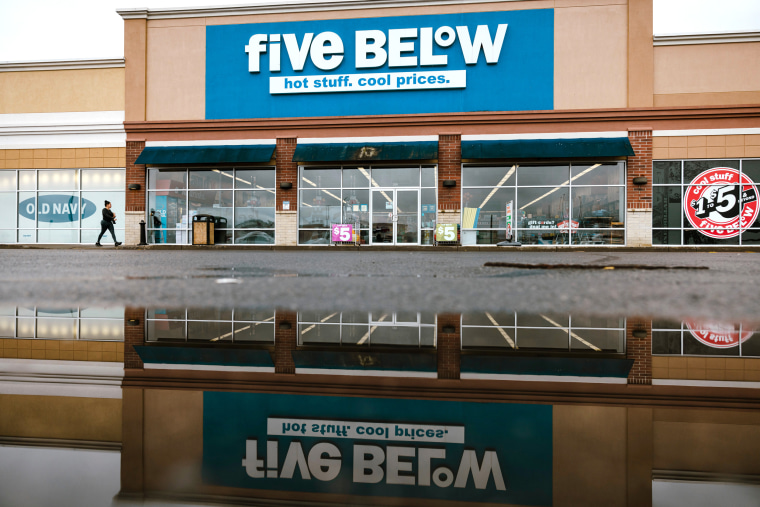
Retail Giants Reconsider Self-Checkout Systems – What’s Behind the Change?
Major Retailers Are Backtracking on Self-Checkout
In recent years, the use of self-checkout kiosks in major retailers has become increasingly common. However, a surprising trend has emerged as some of these retailers are now backtracking on the implementation of self-checkout systems. This shift in strategy raises questions about the future of self-service technology in retail and what may have prompted this change in direction.
One of the primary reasons behind this reversal is the impact on customer experience. While self-checkout kiosks were initially seen as a way to streamline the checkout process and reduce labor costs, many retailers have found that customers prefer interacting with human cashiers. Studies have shown that shoppers appreciate the personalized service and the ability to ask questions or get assistance when needed. By removing human cashiers in favor of self-checkout machines, retailers risk alienating customers who value the human touch.
Another factor contributing to the decline of self-checkout systems is the issue of theft and loss prevention. Without a human cashier overseeing transactions, there is a higher risk of theft through techniques such as sweethearting or simply not scanning items properly. Retailers have found that the cost savings from eliminating cashier positions are often offset by losses due to theft, leading them to rethink the reliance on self-checkout technology.
Additionally, concerns have been raised about the impact of self-service kiosks on employment opportunities. As more retailers embrace automation and self-checkout systems, there is a fear that jobs traditionally held by cashiers could be eliminated. This has sparked debates about the ethical implications of prioritizing cost savings over employment opportunities for human workers.
In response to these challenges, some major retailers have started to scale back their use of self-checkout kiosks or have opted to provide a mix of self-service and traditional checkout options. By offering customers a choice between self-checkout and manned registers, retailers seek to strike a balance between efficiency and customer satisfaction.
The future of self-checkout technology remains uncertain as retailers navigate the complex landscape of customer preferences, security concerns, and social responsibility. While self-service kiosks can offer convenience and efficiency for some shoppers, it is clear that the human element in retail transactions continues to hold value for many consumers.
As the retail industry continues to evolve, finding the right balance between technology and human interaction will be crucial for retailers looking to stay competitive and meet the changing needs of their customers. By considering the lessons learned from the backtracking on self-checkout systems, retailers can make more informed decisions about the role of automation in shaping the future of retail experiences.
